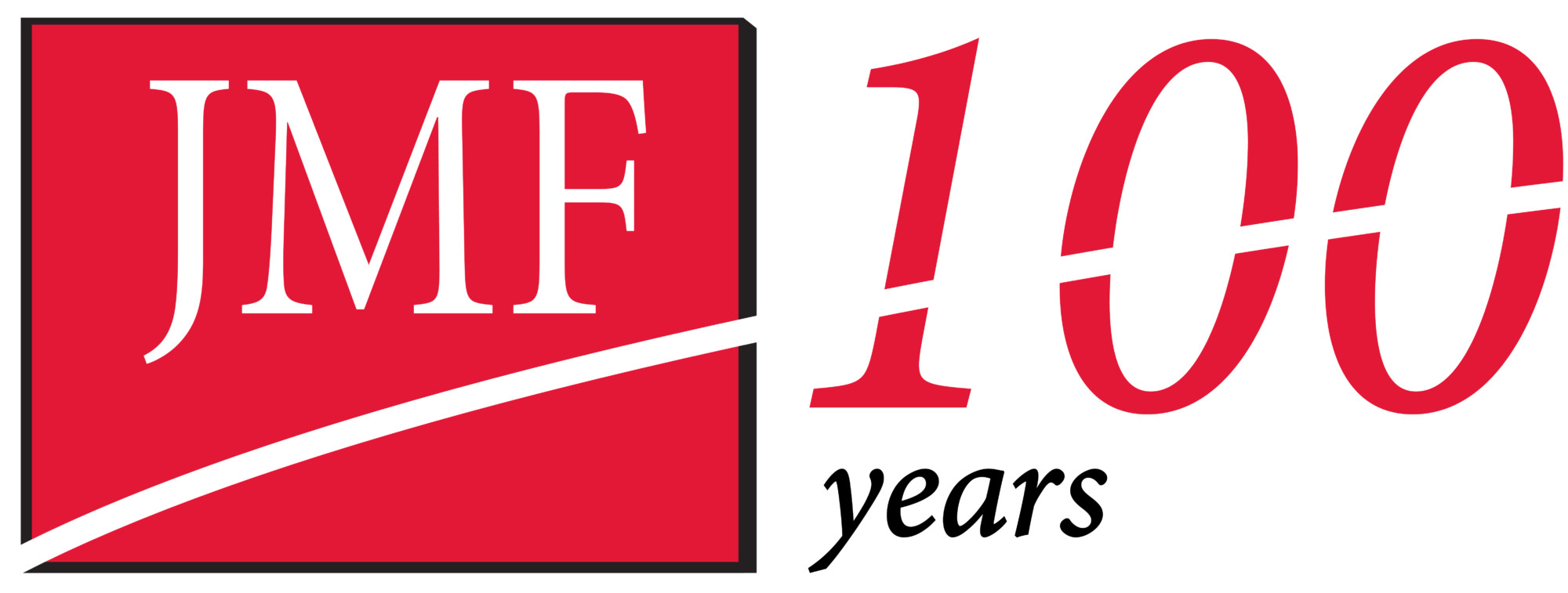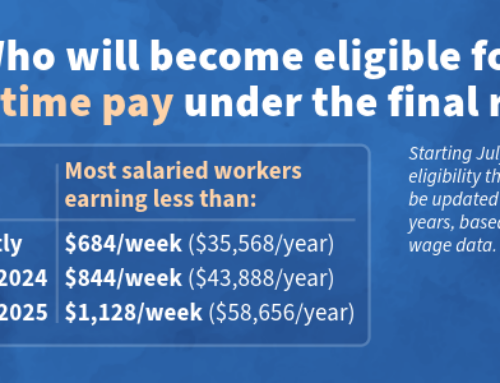Even though you just put your 2016 tax return to bed, you cannot rest easy. It is already time to pay attention to your tax liability for 2017. Significantly, you may be required to pay installments of “estimated tax” for this year, especially if you are self-employed or retired.
The next due date for quarterly installments is June 15, 2017. The first one was April 18, 2017, the same as the due date for filing your 2016 return.
Basic rules: Generally, you are required to pay annual income tax in quarterly installments or through payroll tax withholding, or a combination of the two. The quarterly due dates for the estimated tax payments are the same every year: April 15, June 15, September 15 and January 15 of the following year (or the following business day if the due date falls on a weekend or holiday). Thus, the due date for the fourth quarter of 2017 is moved to Tuesday, January 16, 2018, because of Martin Luther King Jr. Day.
If you do not pay the requisite amount of estimated tax during the year, you may be assessed an underpayment penalty plus interest. However, you can avoid any tax problems for the year through any one of the following safe harbor methods:
- Pay at least 90% of the current year’s tax liability. Thus, you will have to make a reasonable estimate of the tax you will owe this year.
- Pay at least 100% of the prior year’s tax liability, or 110% if your adjusted gross income (AGI) for the prior year exceeded $150,000. This takes the guesswork out of the payment because you know the exact amount of your 2016 tax liability.
- Pay at least 90% of the current year’s tax based on “annualized income.” This method works well for certain individuals, such as independent contractors, who receive most or all of their income on a seasonal basis.
How much is the underpayment penalty? The IRS applies a specified percentage to compute the penalty amount for each quarter. For instance, the rate for underpayments in the first quarter of 2017 was 4%. The IRS provides an estimated tax worksheet in its instructions. But this can get complicated, so do not hesitate to seek professional assistance.
Best approach: Sit down with your tax advisers to determine the best course of action for the year. This should take into account all the relevant factors for your situation.







Leave A Comment
You must be logged in to post a comment.